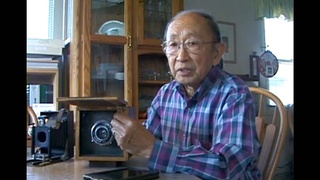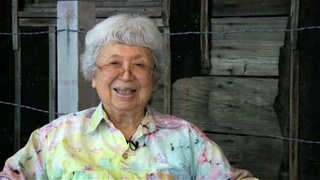Interviews
Sugar beet and potato farming in Idaho
In camp? Let’s see, it was 1942 we went in. Almost to the month, March, four of us brothers left the camp. And we signed a contract to go on the farm in Shelly, Idaho. To take care of the beets, sugar beets. And then harvest them. And the same thing with the potatoes. And we came back about Thanksgiving, back into camp. So were gone from March to November.
I*: Was that kind of a group decision? That you all…?
Well, Henry wanted to go, and so I guess he talked to dad and says, “Four of us would like to go out of camp.” He said no in 1942, Henry wanted to go out. Even in ’42 because they were asking for help, as soon as we got into camp. But they weren’t set up for that yet. We wanted to go in ’43 so we went in ’43. Just to see what it was like.
*“I” indicates an interviewer (John Esaki).
Date: February 6, 2015
Location: California, US
Interviewer: John Esaki
Contributed by: Watase Media Arts Center, Japanese American National Museum








